Rank Species | Genus Smyrnium Higher classification Smyrnium | |
 | ||
Similar Smyrnium, Umbelifers, Skirret, Anthriscus, Cicely | ||
Alexanders smyrnium olusatrum foraging uk wild food school foraging times
Smyrnium olusatrum, common name Alexanders, is a cultivated flowering plant, belonging to the family Apiaceae (or Umbelliferae). It is also known as alisanders, horse parsley, and smyrnium. It was known to Theophrastus (9.1) and Pliny the Elder (N.H. 19.48).
Contents
- Alexanders smyrnium olusatrum foraging uk wild food school foraging times
- Description
- Habitat
- Distribution
- References
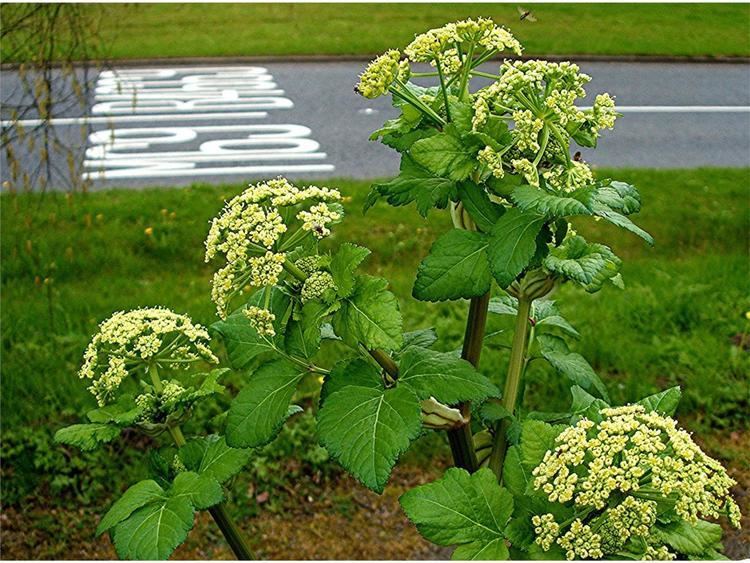
Description
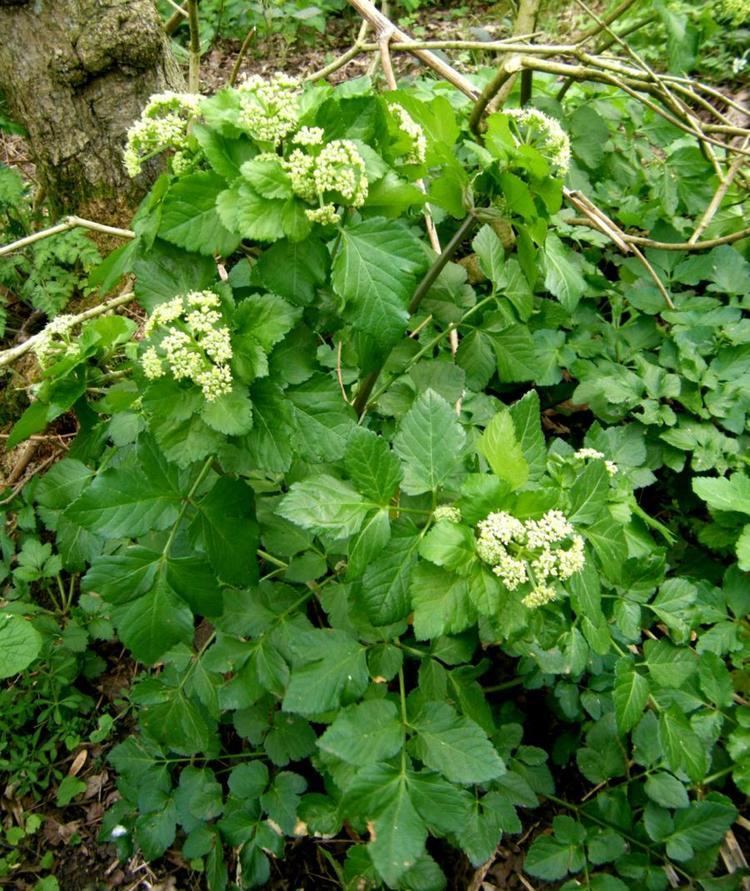
These stout plants grow to 150 centimetres (59 in) high, with a solid stem which becomes hollow and grooved with age. The leaves are bluntly toothed, the segments ternately divided the segments flat, not fleshy.
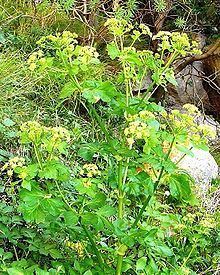
Alexanders is native to the Mediterranean but is able to thrive farther north. The flowers are yellow-green in colour and arranged in umbels,and its fruits are black. It flowers from April to June.Alexanders is intermediate in flavor between celery and parsley. It was once used in many dishes, either blanched, or not, but it has now been replaced by celery.
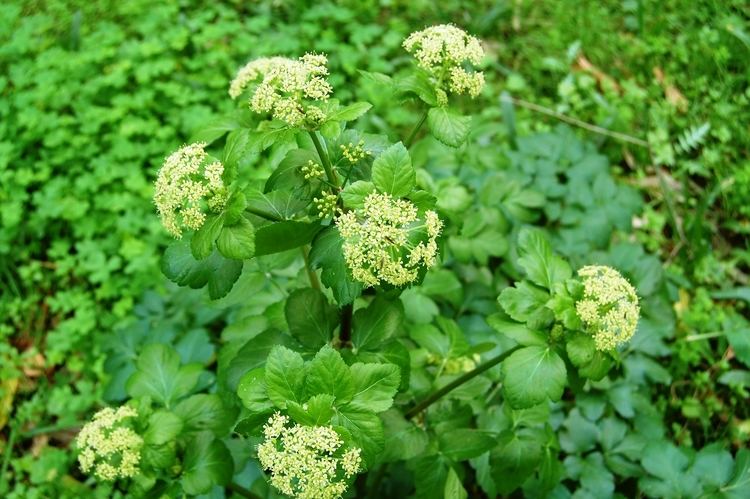
It is now almost forgotten as a food source, although it still grows wild in many parts of Europe, including Britain. It is common among the sites of medieval monastery gardens.
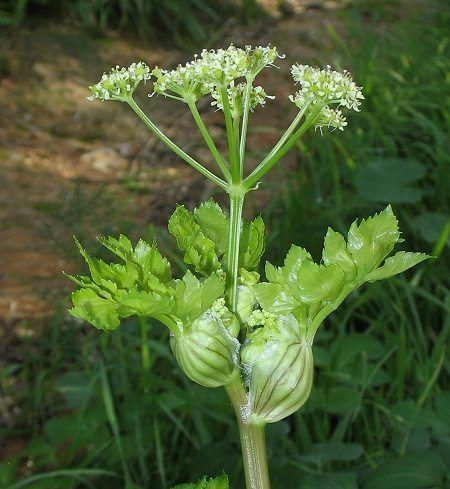
Look out for this tall plant on cliff paths, the first seaside greenery of the year. The Romans brought it with them to eat the leaves, the stems, the roots, and the buds.
Alexanders is a feed source much appreciated by horses.
Habitat
Widely dispersed in England and Ireland. Common in waste ground and edges of fields especially near the shore.
Distribution
Ireland: Counties Down, Antrim and Londonderry and throughout most of Ireland.
